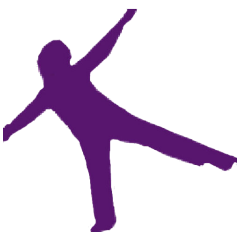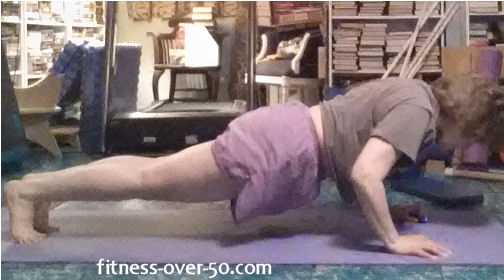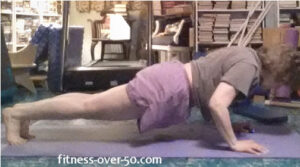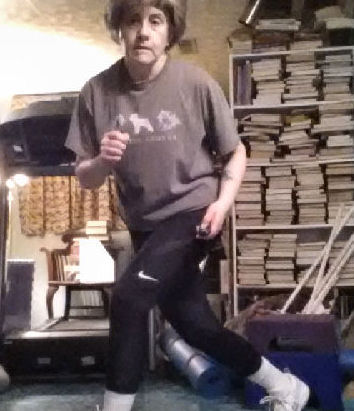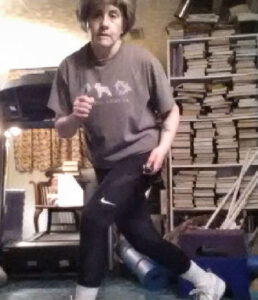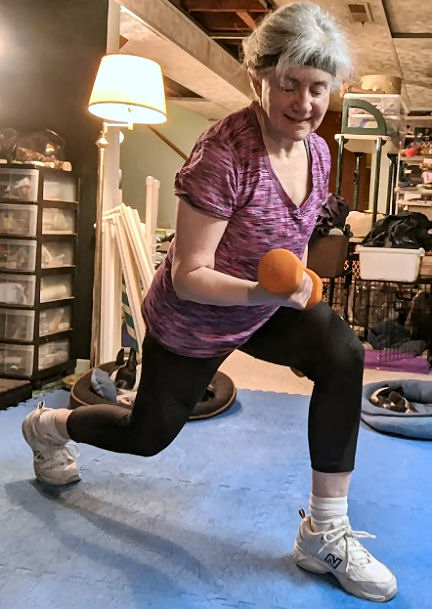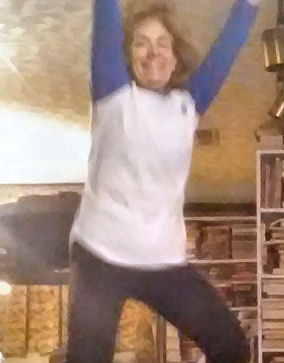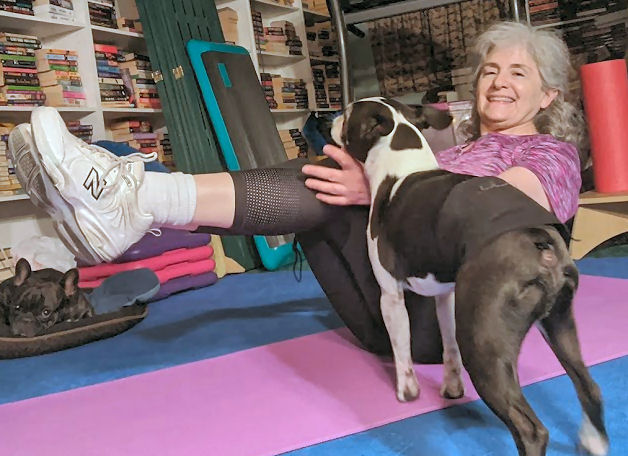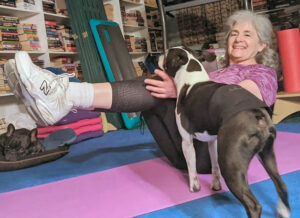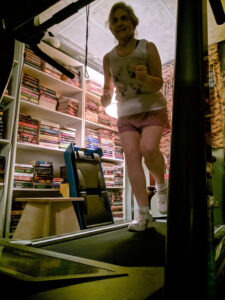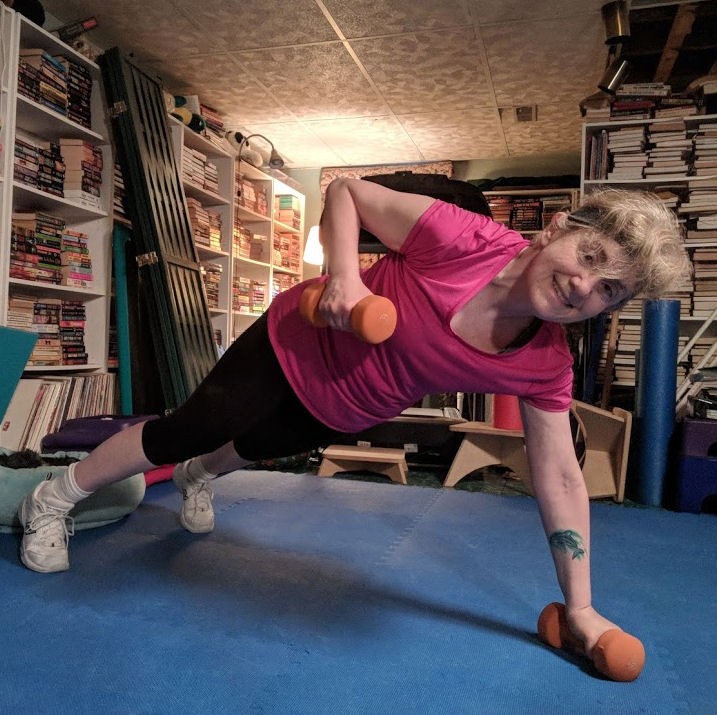How to push on with your push-ups when you don’t know how
Let’s say you’ve set a fitness goal – like doing 10 regular push-ups in 6 weeks, and you currently can do 6 from your knees. That’s a great goal. It’s specific and probably achievable. You’ve set your intermediate goals, scheduled your workouts and got started. (If you’ve got visions of where you want to be but no idea of how to get there, download the Get It Done Guide for tips on setting your own goals!) Week 2 you can do 20 push-ups from your knees but can’t seem to progress to even one on your toes. What’s going wrong? How do you know when to ask for help? And realize that it’s okay when you don’t know something?
No shame in asking for help
There’s no shame in looking for additional help. When a goal is meaningful to you and you think that you’ve set all your benchmarks in place, but you feel like you’re swimming in place, it may be time to look for help. You can have all the motivation in the world – you really want to be strong enough to do those push-ups, but if it’s not happening and you’re getting frustrated, it’s time to seek outside answers.
Different ways to figure things out
It’s important to know, too, that asking for help or seeking outside answers is beneficial as well. When you shift your mindset from, “I’ve got to get this done!” to “I have to figure out a way to get this done!” then the challenges you face become opportunities and not roadblocks. When you learn about new ways of doing things, you enhance your own evolution. Continuing to learn will increase your resilience, and improve your outlook. What you saw as a failure previously, you can now see as additional motivation.
Pros have help all the time
None of us knows everything about anything. It’s okay when you don’t know something. And asking for help is a sign of strength. You’re smart enough to recognize that you don’t know something and humble enough to find the answers to your problem. And every professional athlete has a coach, a trainer, and other professionals helping them on their journey.
Intermediate push-ups steps
But back to our push-ups. From my own research, I learned some great ways to progress from knees to toes. They include push-ups on one knee, one straight leg. Also, doing push-ups leaning against a wall helps develop the upper body strength we need. And the plank exercise – from either the forearms or hands also increases our upper body strength. Remember to keep your core tight – always! – and your back straight. Don’t try to bend your elbows too much, either, especially at first!
